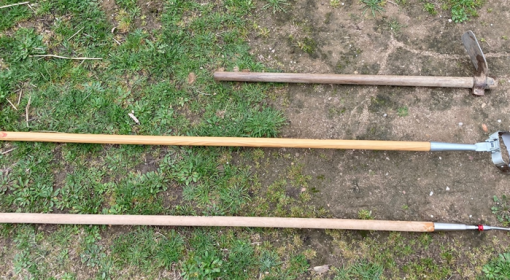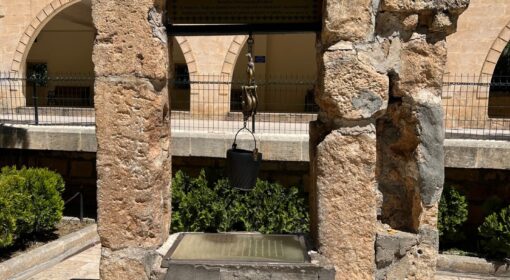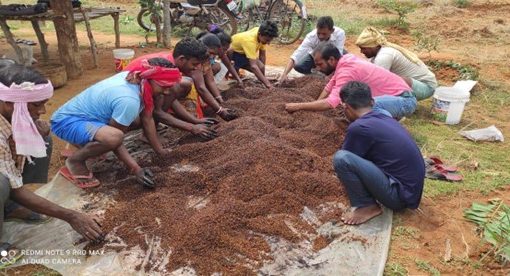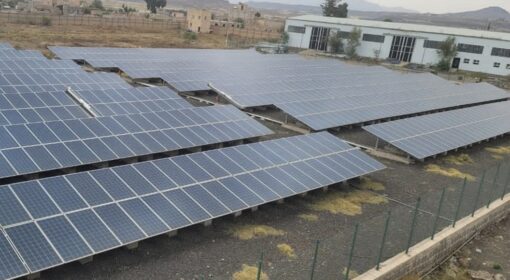By Getanew Tesfaw
Farming is a back breaking and hard job. Luckily, using the right tools can make it a lot easier and more comfortable. It is for this reason that the Green Future Farming project introduced stirrup and wire weeder tools to farmers in the Guba Lafto woreda.
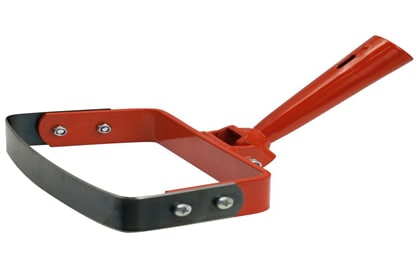
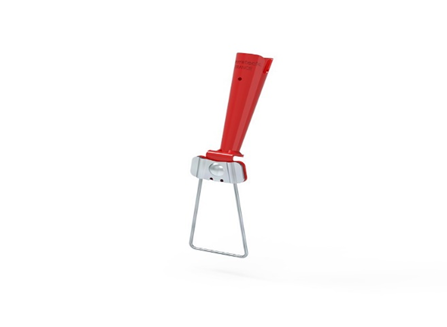
The farmers identified the use of the stirrup weeder as very useful and of high importance to the farmers removing weeds and unnecessary plants from their lands. It also helps to increase the aeration of the soil, which makes the plants healthy and grow faster, leading to improved yields and food security.
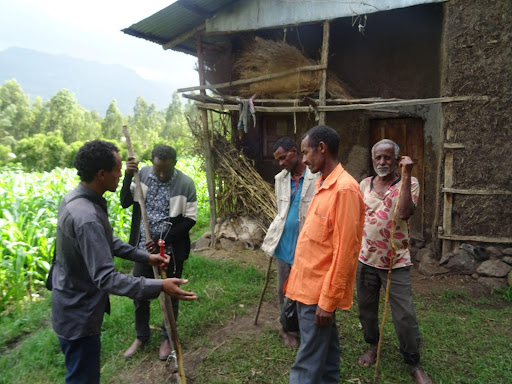
Next to improved farming productivity, the farmers also indicated that these tools benefited body contact and flexibility. When they use this tool to remove weeds, one hand is free from any dirt on the land, resulting in less damage, injury, and diseases. With this tool that makes weeding a lighter job, they can also elongate farming and need less rest to prevent backbone pain. A farmer that received the tool mentioned, “This tool saves us time; one person can cover two- or three-person power by using this tool.”
Also, the wire weeder helps the farmers protect themselves from injuries from sharp objects and potential infections. It works incredibly well in sandy soil farmlands, as the roots are not tightly bound and can be easily removed. And like the stirrup wire, this tool can also be used for aeration and earthing up. Farmers suggest adding sharp parts to the wire weeder when used on loam soil to make it even more effective.
The farmers saw the advantage of using these tools and indicated they could become part of the farming culture, like using a sickle. “If some model farmers can get some training to use it and show it to others, we can adapt it quickly. It has a good chance to modernize farming”.
More than merely demonstrating the tools to farmers is required for a complete evolution in farming throughout the region. Integrating these tools into the farmers’ work may take time and extra training. Selecting model farmers and training them about their usage may enhance the uptake. Testing the device in the agriculture office will show all visiting farmers its purpose and effectiveness. Select model farmers and give them training on using the tools to improve the uptake. If model farmers can get training, they can provide again to others and spread the knowledge.
Also, the local production of the tools is challenging. Local metalworkers raise questions about access to the materials used and finding the proper pricing for their products. More guidance to find the raw materials is needed. Another solution could be to use different locally sourced materials for the tools.
Overcoming these production challenges and scaling the use of improved farm tools in rural Ethiopia is highly important and will enhance many farmers’ lives. Current agriculture in Ethiopia still follows traditional ways, and promoting new tools can fill this gap.
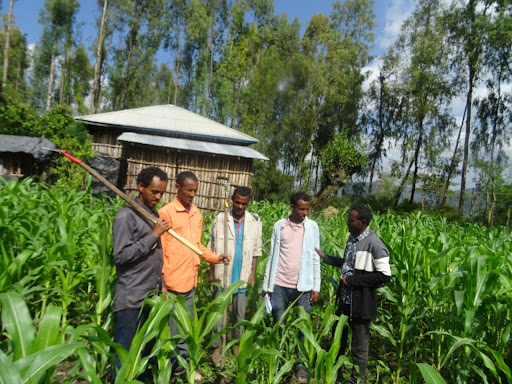
Supported by:

